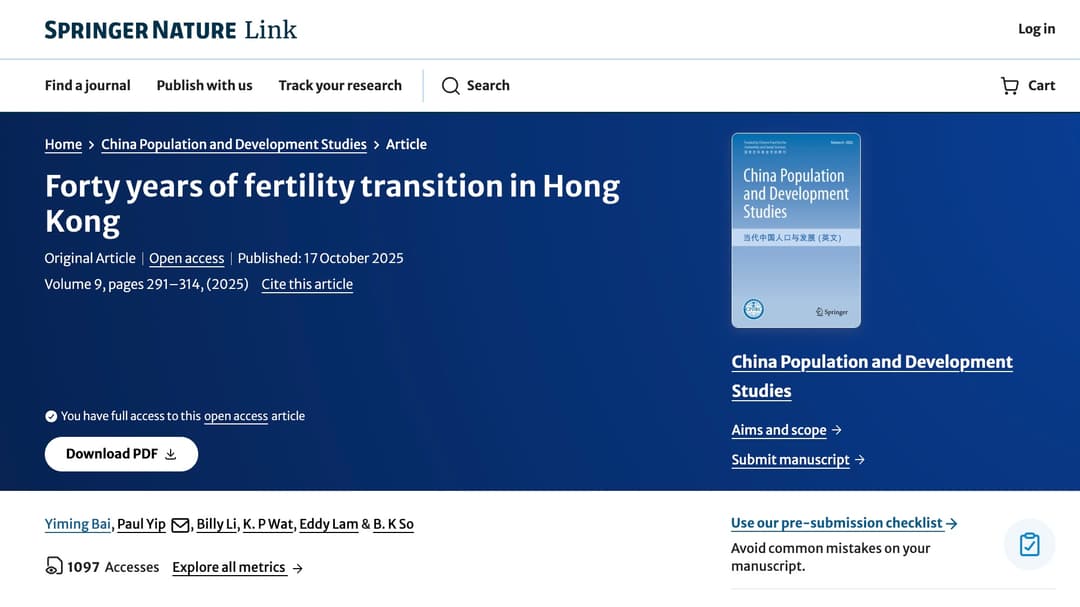Ryo Tatsuki’s Manga Prediction for July 5, 2025: A Viral Phenomenon Shaking Japan’s Tourism
How a Manga Artist’s Prophetic Vision Sparked Global Panic and Travel Disruptions
By WhitesWolf1
Published:
| Updated:
In a manga that has gripped the imaginations of millions, Japanese artist Ryo Tatsuki’s The Future I Saw has sent shockwaves across East Asia with its prediction of a catastrophic natural disaster striking Japan on July 5, 2025. The chilling prophecy, rooted in Tatsuki’s dream journals, has led to widespread panic, flight cancellations, and a tourism slump, despite her own calls for calm and skepticism from experts. As the world watches Japan on the eve of this fateful date, we explore the origins of this phenomenon, its impact, and the debate over its credibility.
A Manga’s Rise to Infamy
Ryo Tatsuki, a reclusive manga artist born in 1954, first published The Future I Saw (Watashi ga Mita Mirai) in 1999, compiling visions from her dream diary, which she began keeping in 1985. The manga gained cult status after its cover appeared to predict the March 2011 Tohoku earthquake and tsunami, a disaster that claimed nearly 20,000 lives and triggered the Fukushima nuclear crisis. A note on the cover reading “Great disaster, year 2011 month 3” fueled speculation that Tatsuki possesses clairvoyant abilities, earning her the moniker “Japan’s Baba Vanga.”
In 2021, an expanded edition of the manga warned of a “real catastrophe” on July 5, 2025, describing a seabed fracture between Japan and the Philippines triggering a tsunami “three times taller” than the 2011 waves. This vivid imagery—depicting “boiling” seas and “giant bubbles”—captured public attention, amplified by social media platforms like X, where hashtags like #July5Disaster have trended. The prediction’s specificity, combined with Tatsuki’s track record, has led to a surge in anxiety, particularly in Hong Kong, Taiwan, China, and South Korea, key markets for Japan’s tourism industry.
Tourism Takes a Hit
The prophecy’s impact on Japan’s booming tourism sector has been undeniable. In the first quarter of 2025, Japan welcomed a record 10.5 million visitors, a 78% increase from 2024 for Chinese travelers alone. However, as fears of the July 5 disaster spread, bookings plummeted. Hong Kong’s Greater Bay Airlines reduced flights to Sendai and Tokushima, citing a 30% drop in demand, while Hong Kong Airlines canceled all flights to Sendai by May 31. Bloomberg reported an 83% decline in bookings from Hong Kong for late June to early July, with similar trends in Vietnam, Thailand, and China.
Local authorities have pushed back. Miyagi Prefecture Governor Yoshihiro Murai called the rumors “a serious issue” for tourism, emphasizing their “unscientific foundations.” Tokushima’s Governor Masazumi Gotoda urged visitors to ignore the predictions, noting that natural disasters could occur anytime, anywhere. Japan’s Meteorological Agency and the Cabinet Office have reiterated that earthquakes cannot be predicted with precision, citing decades of seismological research.
A History of Prophecies—And Controversy
Tatsuki’s reputation rests on several alleged predictions. She claims to have foreseen the 2011 Tohoku disaster, the 1995 Kobe earthquake, the deaths of Princess Diana and Freddie Mercury, and the COVID-19 pandemic. However, skeptics like Tatsuya Honjo of the Association for Skeptical Investigation of the Supernatural (ASIOS) argue that her “hits” are coincidental, while failed predictions—like uneventful dates in 1994 and 1995 listed on the manga’s cover—are often ignored. Tatsuki herself has hedged her claims, stating that her dreams are symbolic and not always literal, and she has urged readers to rely on expert opinions rather than her visions.
The prophecy’s spread has been fueled by external voices, including Hong Kong’s Master Seven, a feng shui practitioner who warned of heightened earthquake risks in Japan from June to August 2025. A horror movie, 4:18 AM, July 5, 2025, inspired by Tatsuki’s work, has further blurred lines between fiction and reality, with some misinterpreting its title as the precise time of the disaster. The film’s publisher, Asuka Shinsha, clarified that Tatsuki did not specify 4:18 AM, noting the time referred to when she had the dream, not the event itself.
Japan’s Seismic Reality
Japan’s location on the Pacific “Ring of Fire” makes it one of the world’s most earthquake-prone countries, with over 900 minor tremors recorded near Kyushu’s Tokara Islands in recent days. A government task force estimated an 80% chance of an 8- or 9-magnitude Nankai Trough megaquake within the next 30 years, a timeline some social media users have linked to Tatsuki’s prediction. However, seismologists emphasize that no technology can pinpoint the date of such an event.
Voices from the Ground
On X, sentiments vary. One user, @myrddenbuckley, dismissed the prediction, stating, “It’s not going to happen,” while @Weather_Earth25 speculated about numerological risks post-July 5. Others, like @CocodriloTeddy, described Tatsuki as a “prophetic” figure whose manga has “hit several things right over the years.”
A Lesson in Preparedness
As July 5, 2025, looms, Tatsuki’s prediction has sparked a global conversation about fear, belief, and Japan’s resilience. While the manga’s viral spread highlights the power of storytelling in an age of social media, it also underscores the importance of grounding decisions in science. Tatsuki herself has distanced herself from the hysteria, revising her stance to drop the specific July 5 date in a June 2025 statement, urging calm and preparedness over panic.
Whether the day passes without incident or not, the saga of The Future I Saw serves as a reminder: in a country where the “big one” is always a possibility, readiness—not fear—is the true takeaway. As Bloomberg’s Gearoid Reidy aptly noted, “The only true takeaway is a reminder we’d all do well to heed: prepare for disaster—not because a comic book says so, but because in Japan, the next big one isn’t a matter of if, but when.”







